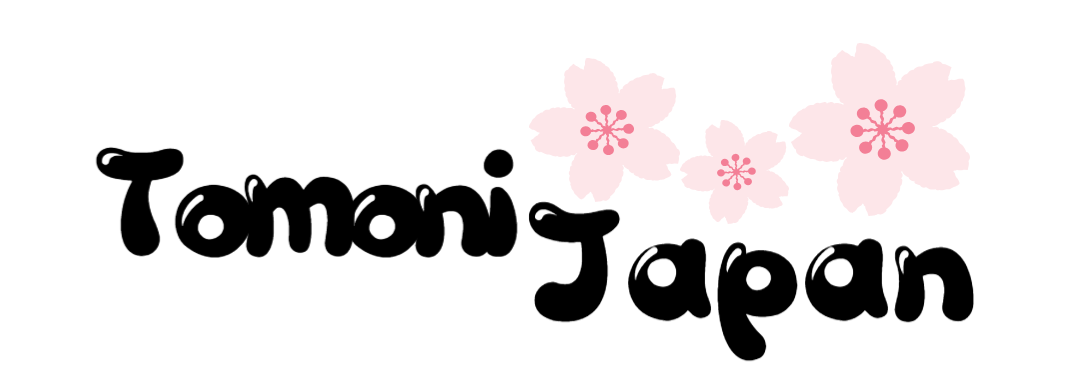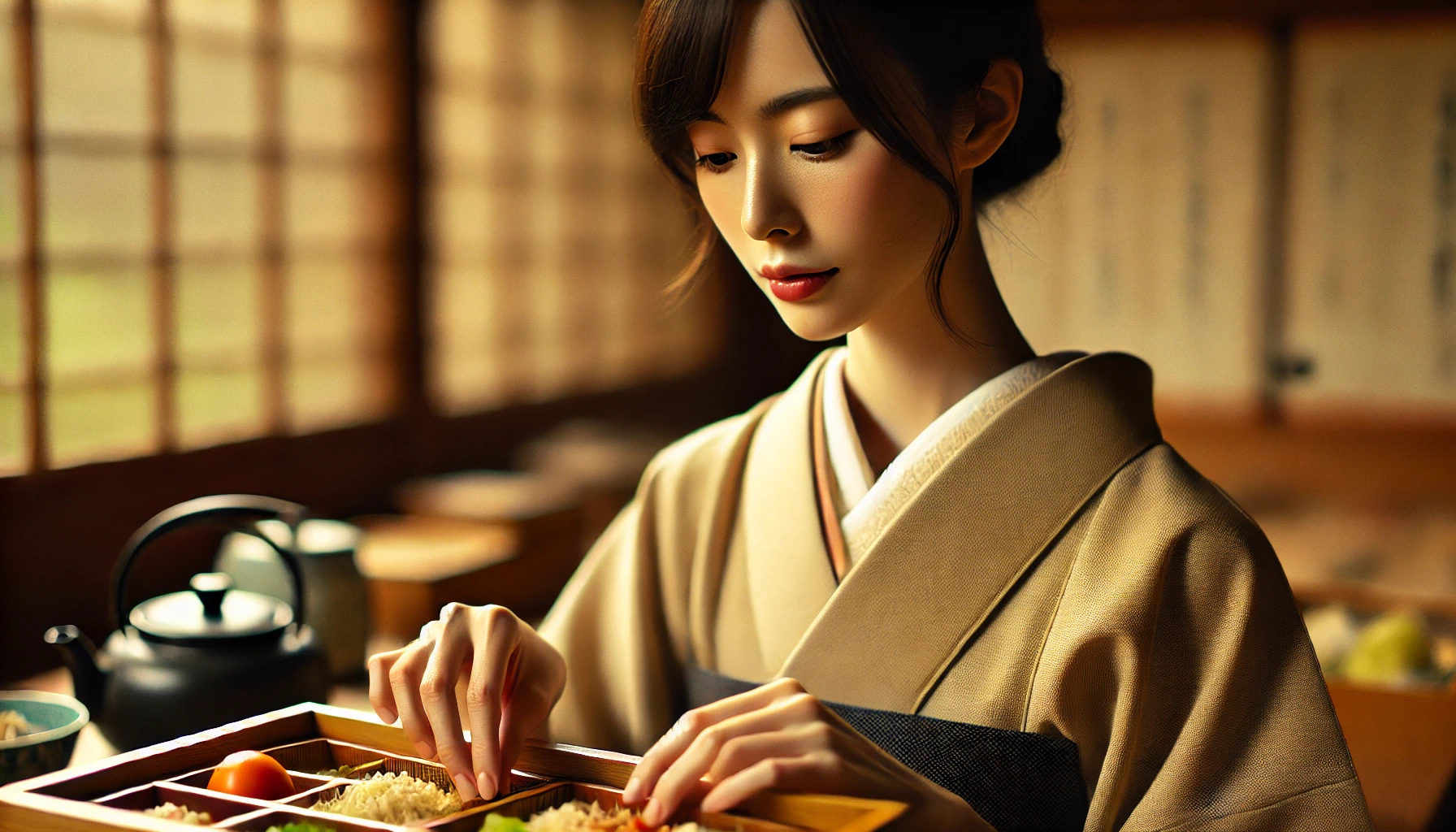In Japan, the New Year season is celebrated with unique and traditional foods that carry deep meanings. Among these, Toshikoshi Soba and Osechi Ryori are indispensable dishes. These foods are more than just meals; they represent hopes and wishes for the coming year. Let’s dive into the significance and characteristics of these two iconic dishes. 😊
Toshikoshi Soba: Buckwheat Noodles for Year-End Reflection
The Origin and Tradition of Toshikoshi Soba
Toshikoshi Soba (年越しそば), translating to “year-crossing soba,” is a dish enjoyed on New Year’s Eve. This tradition began in the mid-Edo period (17th–19th centuries) and is still practiced by about 70% of Japanese households. Eating this dish symbolizes saying goodbye to the past year and welcoming good fortune for the year ahead.
Symbolic Meaning of Toshikoshi Soba
The characteristics of soba noodles carry symbolic meanings:
- Long, thin noodles: Represent a wish for longevity and health.
- Easily cut noodles: Symbolize cutting ties with the hardships of the past year.
- Resilient buckwheat plant: Reflects strength and resilience in overcoming challenges.
Common Toppings and Their Meanings
Toshikoshi Soba is typically served in a warm broth, topped with ingredients that each have a symbolic significance:
- Green onion (negi): Represents protection from misfortune.
- Fried tofu (aburaage): Symbolizes wealth and prosperity.
- Shrimp (ebi): A wish for long life, symbolizing an aged person with a curved back.
- Fish cakes (kamaboko): Represent celebrations and auspicious events.
This humble yet meaningful dish is an essential part of Japan’s New Year festivities.
Osechi Ryori: A Feast of Wishes for the New Year
What is Osechi Ryori?
Osechi Ryori (おせち料理) is a traditional Japanese New Year meal, beautifully arranged in multi-tiered lacquered boxes called jubako (重箱). Each dish in the box carries a unique meaning, reflecting hopes for the year ahead. Preparing these dishes in advance allows families to spend the first few days of the year together without cooking.
Symbolic Dishes in Osechi Ryori
Here are some of the key Osechi dishes and their meanings:
- Red and white fish cakes (kohaku kamaboko): The colors symbolize celebration and good fortune.
- Rolled omelet (datemaki): Shaped like a scroll, it represents knowledge and academic success.
- Sweet chestnuts (kurikinton): Their golden color signifies wealth and prosperity.
- Black soybeans (kuro-mame): A wish for health and diligence in work.
- Kelp rolls (kombu-maki): The word “kombu” sounds like joy (yorokobu), symbolizing family happiness.
- Dried sardines (tazukuri): Represent a wish for a bountiful harvest.
- Herring roe (kazunoko): Signify a desire for family prosperity and many descendants.
- Shrimp (ebi): Like in Toshikoshi Soba, they symbolize longevity.
Modern Variations of Osechi Ryori
In addition to traditional dishes, modern Osechi Ryori may include French cuisine, Chinese delicacies, or even desserts. Despite these innovations, the essence of Osechi remains the same: celebrating with loved ones and welcoming a prosperous New Year.
The Charm of Japanese New Year Food Culture
Toshikoshi Soba and Osechi Ryori are more than just food—they’re traditions steeped in hope, gratitude, and family togetherness. Even in today’s fast-paced world, these dishes continue to hold a special place in Japanese culture.
If you’re planning to visit Japan during the New Year, make sure to experience these meaningful dishes for yourself. 😊

